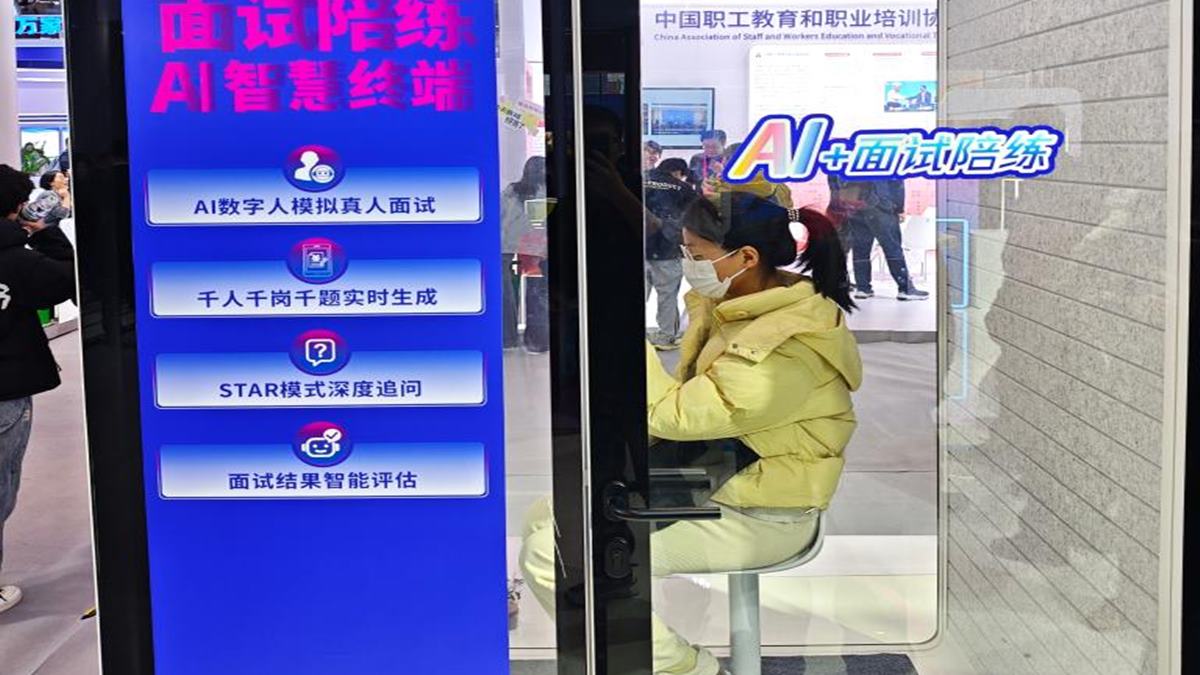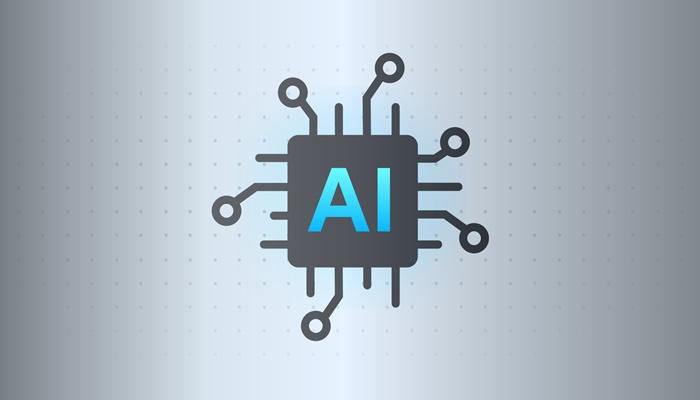AI seems to be everywhere at work these days. Unfortunately, not everyone feels free to admit that they’re using it. A new survey from WalkMe shows nearly half of employees hide their use of AI tools, fearing colleagues or managers will judge them as lazy or less competent. Yet at the same time, many employers are pressuring teams to adopt artificial technology to boost productivity. It’s a paradox fueling a culture of “AI shame” in the workplace.
This tension between corporate pressure and personal discomfort points to a deeper workplace challenge. Employees are eager to experiment with AI tools, but unclear policies and a lack of training fuel secrecy instead of confidence. Together, the findings suggest that shame, not technology, may be one of the biggest barriers to AI’s success at work.
Let’s take a closer look at the survey results to see why AI shame matters for companies and how leaders can break the cycle.
AI Shame Is Spreading At Work
AI shame can be defined as the fear of stigma around using AI at work. Instead of being seen as resourceful, employees worry they will be judged for leaning on technology to get things done. The WalkMe survey shows how common this has become. Nearly half of employees (48.8%) say they conceal their use of AI tools. Among executives, the number is even higher, with 53% admitting they hide their reliance on AI.
The secrecy goes beyond a simple lack of disclosure. Some workers admit to passing off AI-generated work as entirely their own. Behind this behavior is a mix of fears:
- Fear of being labeled as lazy: Workers worry colleagues will see AI use as taking shortcuts
- Concern about appearing less competent: Employees fear being viewed as less skilled than peers who don’t rely on technology
- Worry about job security: Many fear being seen as replaceable if they acknowledge using AI
This reluctance to be open about AI use not only affects individual careers but also slows down the ability of companies to share best practices and innovate.
AI Creates A No-Win Situation
While employees are hiding their use of AI, companies are often pushing them to adopt it. Many organizations have rolled out AI tools like ChatGPT, Copilot and Gemini with the expectation that workers will complete tasks faster and more efficiently. Leaders see AI as a way to boost productivity and gain an edge in a competitive market.
For employees, this creates a catch-22. If they embrace AI openly, they risk being seen as lazy, unskilled or even replaceable. If they avoid it, they risk falling behind or being labeled as resistant to change. The result is a paradox that leaves workers feeling trapped.
The no-win dynamic shows up at every level:
- Entry-level employees worry about proving themselves without looking like they are cutting corners
- Managers struggle to balance efficiency with credibility
- Executives admit to hiding their reliance on AI, sending mixed signals to the teams they lead
AI Shame Looks Different In China
In China, AI shame takes another form. A study of university students published in Science of Learning found that guilt and obligation, rather than curiosity or enjoyment, often drive AI use. Students reported feeling pressure to adopt AI tools even when they didn’t want to, motivated by fear of letting others down or losing face. Competence outweighed autonomy or personal choice.
While the cultural context differs, the pattern is similar: social pressure distorts how people approach AI. In the U.S., workers hide their use to avoid judgment. In China, students use it out of guilt. In both cases, shame, not technology, is the real barrier to meaningful adoption.
The Ripple Effects Of AI Secrecy
AI shame is more than an employee concern. It creates ripple effects that weaken productivity, collaboration and innovation across the workplace:
- Less knowledge sharing: Employees are less likely to share AI strategies that could help colleagues work smarter
- Limited scaling of best practices: Secrecy makes it harder for organizations to identify and scale practical approaches
- Productivity paradox: Workers believe AI can improve performance, yet tools often slow them down due to uncertainty about proper usage
- Shadow AI risks: Employees turn to unsanctioned tools when unclear about what’s allowed, raising data security and compliance concerns
- Eroded trust: Hidden AI use can damage the relationship between employees and management
Without clear training and guidance, employees are left to experiment on their own, which often leads to frustration and missed opportunities.
How Leaders Can Break The Cycle
Leaders play a critical role in shifting how employees view AI. Here are three key strategies:
- Normalize AI use: Frame AI as a workplace skill rather than a shortcut. When leaders model transparency about their own AI use, they signal that the technology enhances performance rather than indicating weakness
- Invest in training and clear policies: The survey shows that only a small share of workers receive meaningful AI guidance. Companies that provide hands-on training and clear policies help employees feel confident instead of secretive
- Highlight positive examples: Share stories of how AI has improved productivity or freed up time for strategic work. Creating an environment where experimentation is encouraged replaces fear with confidence
By implementing these approaches, organizations can unlock the full potential of AI tools and transform workplace culture around technology adoption.
AI isn’t the real barrier to progress in the workplace. The deeper challenge is the shame and confusion that surround its use. Employees are caught in a no-win situation, pressured to adopt AI tools yet reluctant to admit it. Unless leaders address that tension with clear policies, training and openness, companies risk losing the very gains they hope to achieve. The future of AI at work depends less on the technology itself and more on whether leaders build a culture of confidence instead of fear.




















